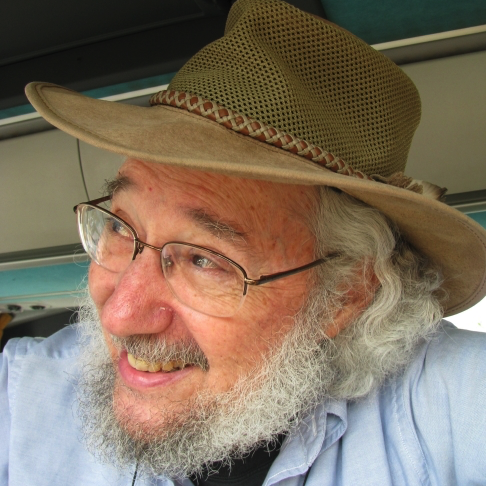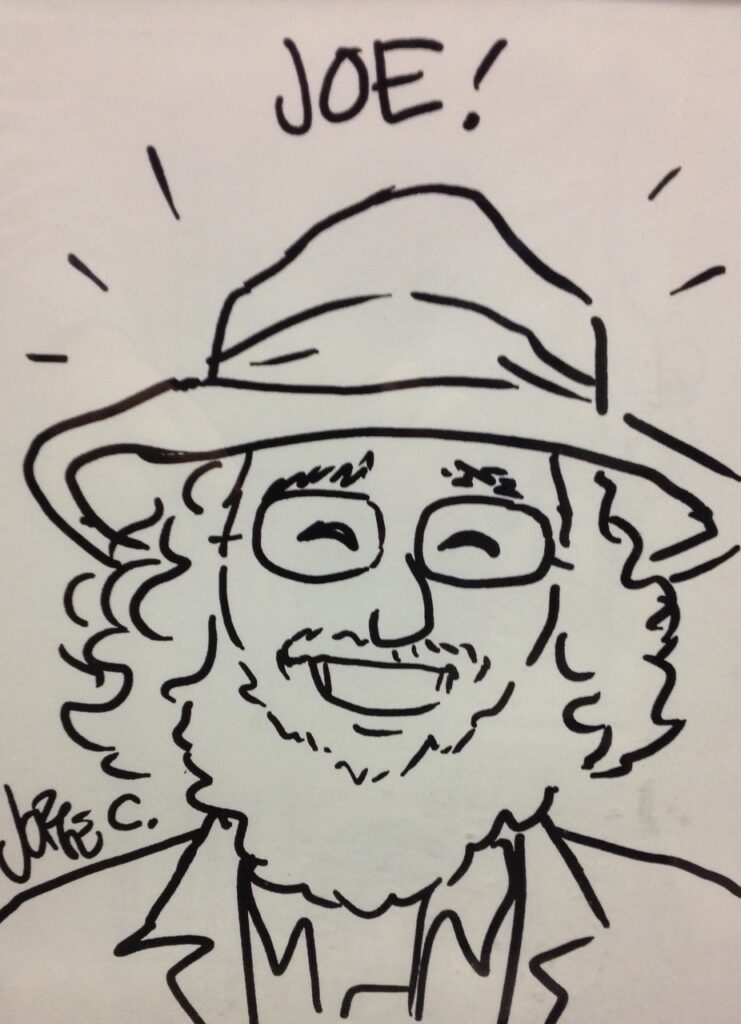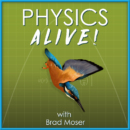The Physics Alive Podcast

Episode #7
40 Years of Physics Education Research with Joe Redish
In 2020, Joe Redish retired from a 50-year career as a physics professor at the University of Maryland. During that time he was actively involved in the subject of physics education, from the use of computers, to cognitive modeling of student thinking, to the role of student expectations and epistemologies in their learning, and his more recent focused on the development of a new introductory physics course for life science students. Joe has so much passion and enthusiasm for education, and he is a storyteller extraordinaire. After a long and productive career, he still speaks of the exciting things he is learning with a glisten in his eye and wonder in his words. He bubbles with eager authenticity. And I’m just tickled pink to be talking with him.
Today's Guest:
Joe Redish
Learn more about Joe Redish and his career:
Episode Notes and Resources
The early days of computers in the physics classroom.
- M.U.P.P.E.T. project
- CUPLE project – Comprehensive Unified Physics Learning Environment
 But as Joe describes it, the computer projects were all “position papers.” He was just making his way into the field of physics education research. His first real research paper in physics education was in cognitive science, and it was a theory paper published in the American Journal of Physics. What is the psychology that you need in order to teach introductory physics? This is one of his most cited papers.
But as Joe describes it, the computer projects were all “position papers.” He was just making his way into the field of physics education research. His first real research paper in physics education was in cognitive science, and it was a theory paper published in the American Journal of Physics. What is the psychology that you need in order to teach introductory physics? This is one of his most cited papers.
- Article: Implications of cognitive studies for teaching physics
- or at https://doi.org/10.1119/1.17461
Physics education research is “a serious research field, and it’s not something you can do with a flick of your finger. It takes work, it takes a knowledge base, and it takes complex reasoning.”
Survey of student attitudes and beliefs about university physics
This survey gets at student attitudes and beliefs about university physics and how those change with instruction. Joe wanted a test like the FCI to show that epistemology matters and that it’s not where we want it to be. One finding was that there was deterioration in attitude after taking physics.
Students have the wrong idea of what they are supposed to be learning in class and what they have to do to learn it. Joe calls this a “problematic epistemological frame.” Students are NOT seeing things in the same way that you are as a faculty member and that to learn to see it that way is a process that you have to help them through.
One punchline is that non-experts cannot link ideas together the way an expert does. How do we, as instructors, help bring together these separate knowledge structures?
Joe is currently writing papers from his work the last ten years that address this very question, with strategies and ideas he’s learned. He talks about the challenge that students have connecting physics with math. He’s putting these papers up on the Living Physics Portal.
- Find “Using Math in Physics” in the Living Physics Portal
- A preprint of an overview of this series of papers is available in the arXiv.
American Public Media audio documentary:

Are the methods from PER catching on, or is the pressure to focus on research and not on teaching still prevalent? Joe thinks times are beginning to change. The Covid-19 pandemic has led to a significant online experiment. Many instructors have recorded and relied on video lectures, but this isn’t working for students. They want interaction. “There is pressure for innovation, pressure for engagement.”
NEXUS – National Experiment in Undergraduate Science Education.
An early 2000’s grant: Learning how to learn science – physics for bioscience majors. How did Joe get into this in the first place?
David Hammer arrived at UMD, bringing an epistemological slant and starting a course called How to Learn Physics. Joe wanted to scale this to more students. He took a sabbatical to Berkeley. One project was writing his book.
We take a brief foray into verbizing and a reference to Humpty Dumpty and glory in Alice and Wonderland
Second project was a preliminary proposal for Learning how to Learn Science, which led to five later NSF grants. With two grants around 2010, one from HHMI and one from NSF, Joe was able to put a team of five together that explored physics for biologists and an additional focus on thermodynamics.
- Many published articles can be found here on the UMD website.
To teach a physics class for life science majors, you need to learn a lot of biology. But Joe Redish didn’t have a Joe to learn from. Who did he learn from? Todd Cook. They wrote a paper (well, they wrote many):
Joe also team-taught with colleague Wolfgang Losert, and they developed a series of chemical signaling problems from Wolfgang’s research.
Two ideas emerged from the NEXUS work:
- All physics teachers should know some biology, at least the level at which high school students learn. Just like all biology teachers should know basic physics.
- The physics teacher doesn’t actually need to know all of the biology. The students should bring that piece with them. “Make the class co-constructors of knowledge.”
“In STEM education, most of the work we do is service courses. We teach each others’ students. And we never talk to each other. We really need to open this channel of communication.”

